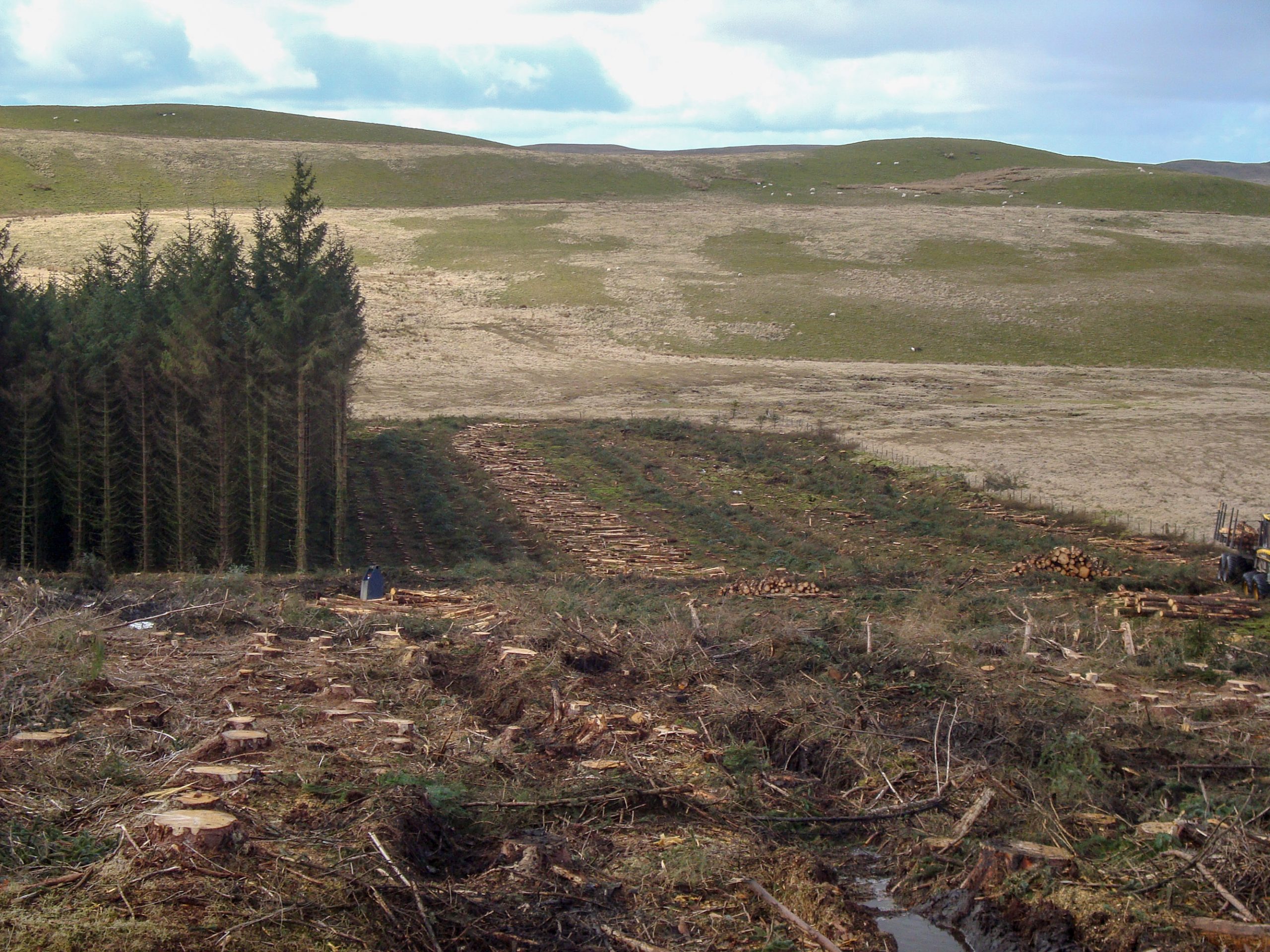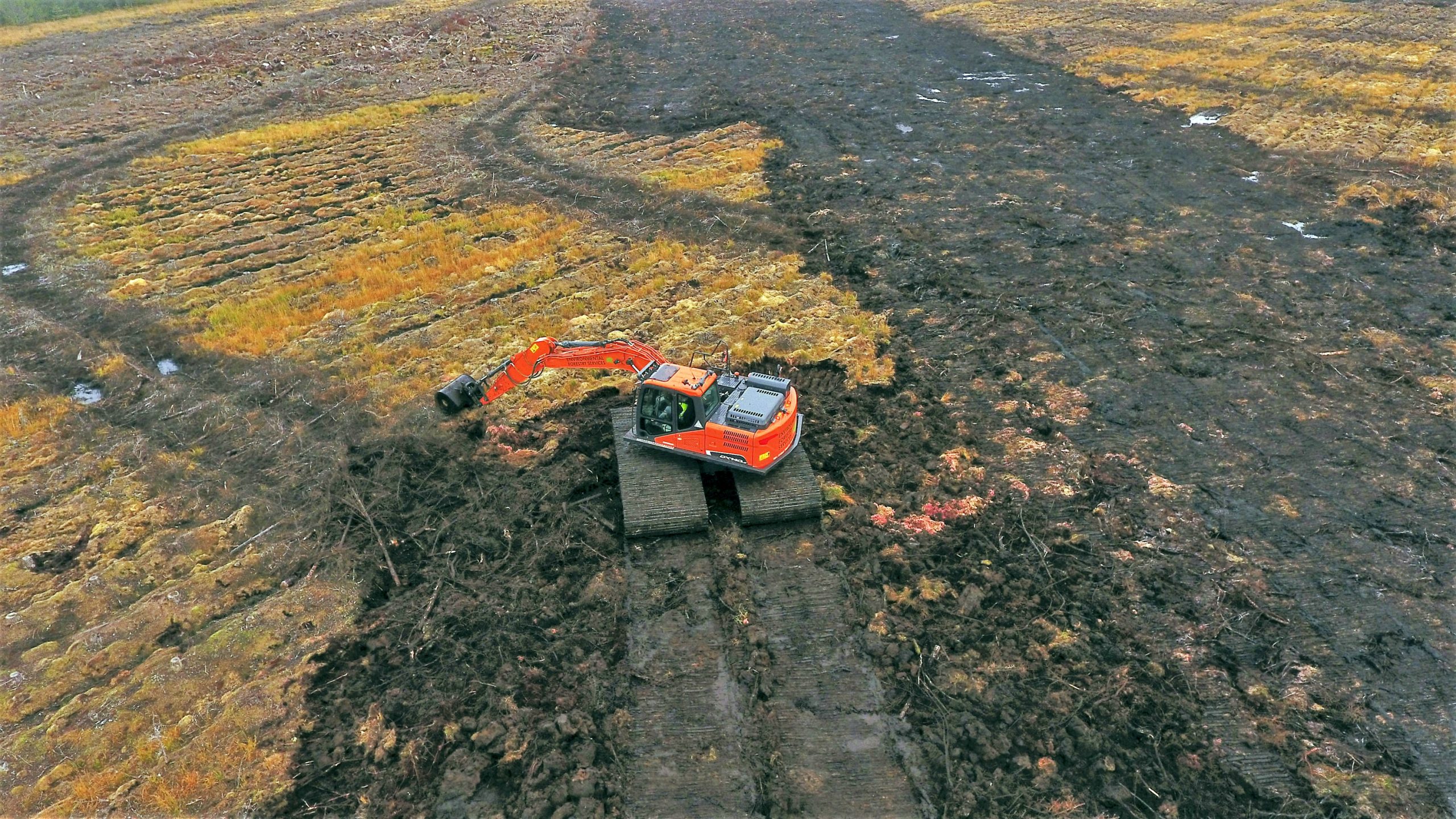What role can forest-to-bog restoration play?
The UK’s peatlands play an important role in global climate regulation. Like all ecosystems, their plants take up CO₂ from the atmosphere but, unlike most other ecosystems, a substantial part of the carbon gets stored underground as peat. The rate of carbon accumulation is slow but it has continued for up to 11,000 years. In upland blanket bogs, the predominant UK peatland type, the peat layer is typically 1–5 m thick and every square metre contains 40–200 kg of carbon. This factsheet explains how forestry affects the carbon stored in peat and the role forest-to-bog restoration can play in reducing carbon emissions.

About the series
Aimed at practitioners, the factsheets showcase the breadth of research carried out by Forest Research, sometimes over decades, into how trees and forests are facing the challenges of climate change, and actionable insights into how trees and woodlands can help mitigate the effects of climate change.

